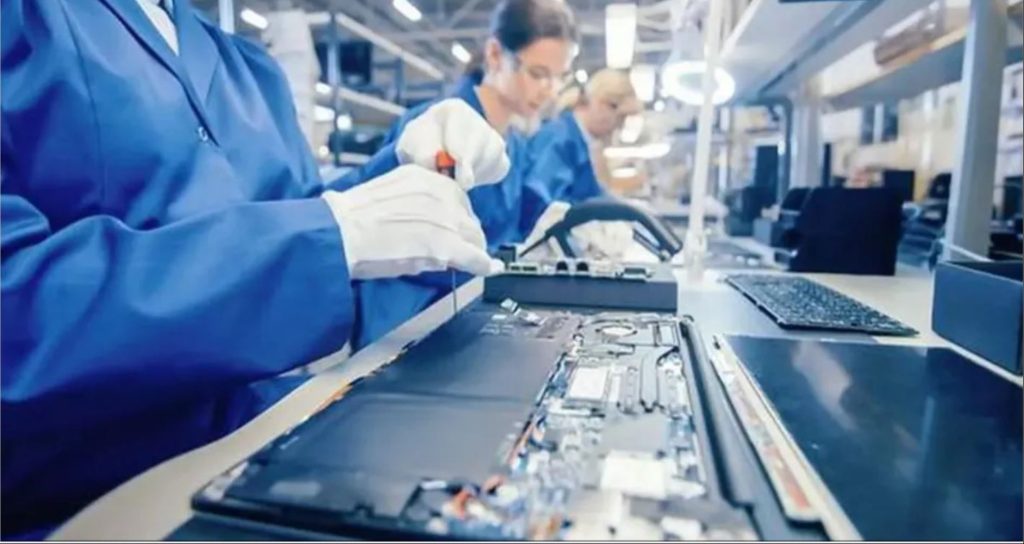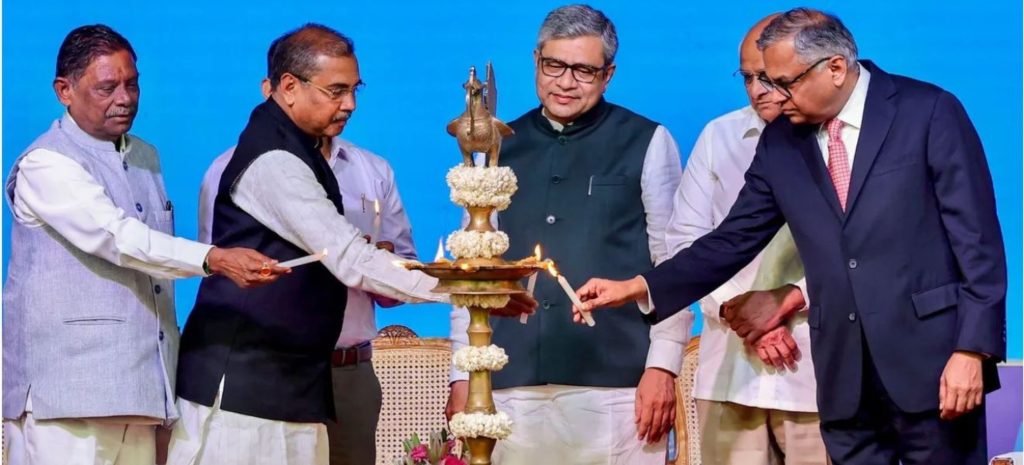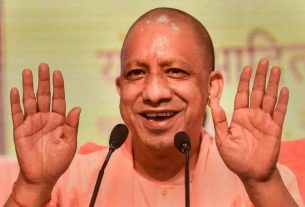This Fab will have manufacturing capacity of up to 50,000 wafers per month and the first chip will come out from the facility before the end of 2026.

India’s first Semiconductor fabrication unit set up by Tata Electronics in a joint venture with a Taiwanese partner will produce its first chip from Dholera Special Investment Region (SIR) by December 2026, said Ashwini Vaishnaw, Union Minister for Information Technology and Electronics on Wednesday.
To subscribe please click tau.id/2iy6f and access our live channel.
Prime Minister Narendra Modi on Wednesday laid the foundation stone of three semiconductor facilities in India at Rs 1.25 trillion, and said the country is eager to play a big role in the semiconductor sector and days are not far when it becomes a global power in this field.
DON’T MISS: World’s First AI Software Engineer
Addressing people after virtually laying the foundation stone of the three semiconductor facilities – two in Gujarat and one in Assam, assessed India’s semiconductor dreams into reality due to the “inability” to understand the country’s potential, priorities and futuristic needs and its “lack of will and efforts”.

This development comes just fourteen days after the government approved Tata’s proposal for a Rs 91,000 crore semiconductor fabrication plant along with its Rs 27,000 crore Outsourced Semiconductor Assembly and Test (OSAT) facility in Morigaon, Assam.
The new semiconductor Fab will manufacture chips for applications such as power management IC, display drivers, microcontrollers (MCU) and high-performance computing logic, addressing the growing demand in markets such as automotive, computing and data storage, wireless communication and artificial intelligence.
The facility will focus on on three key technologies – Wire Bond, Flip Chip, and a differentiated offering called Integrated Systems Packaging (ISP), with plans of expanding the roadmap to advanced packaging technologies in the future.

These technologies are key to applications like automotive (especially electric vehicles), communications, network infrastructure and others. The proposed facility will serve the growing global demands across key market segments like AI, industrial, and consumer electronics.
India is eyeing the opportunity to grow into a $10 trillion economy over the next decade. By adding $1 trillion every 1.5 years going forward, the country is predicted to emerge as the third-largest global economy over the next six years.


